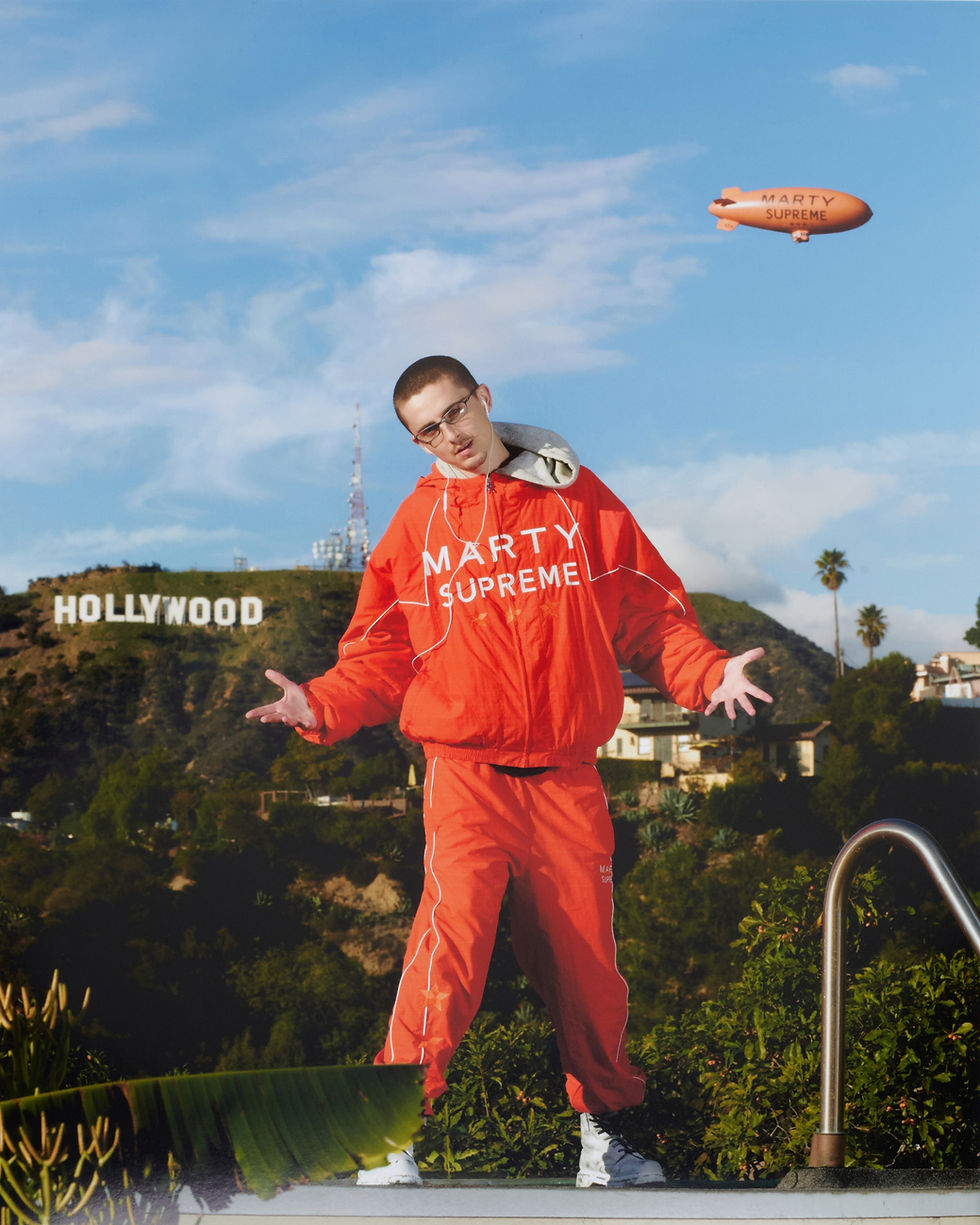How Music Album Covers Shapes Genre Identity
- rbninquiries
- 25 mei 2025
- 3 minuten om te lezen
How Music Album Art Shapes Genre Identity
In a digital world saturated with sound, visual identity has become more crucial than ever for music artists. Album covers are no longer just packaging; they’re essential parts of an artist’s brand and genre expression. From bold photography to graphic minimalism, album art helps define a genre's visual language and tells listeners what kind of world they’re stepping into.

The Cover as a Visual Cue
Before you even press play, album art gives you clues. Is it dark and moody? You might expect R&B or trap. Bright and chaotic? Possibly hyperpop or indie. These visual choices aren't random. They’re coded signals that help listeners instantly connect music with feeling, aesthetic, and subculture.
Let’s explore how some major albums have used design to visually define their genre and reshape it in the process.

Starboy – The Weeknd (2016)
Genre: R&B / Synthpop / Alt-Pop
The Starboy cover is instantly striking: The Weeknd, bathed in red and blue neon lighting, his hands gripping his head. It’s glossy, cinematic, and futuristic, perfectly mirroring the album’s sonic shift into synth-heavy, 80s-inspired pop. The sleek design, created by photographer Nabil Elderkin and designer Gerard Saint, helped redefine The Weeknd’s aesthetic from brooding mystery to neon noir. It marked a new era for R&B with a futuristic twist.

Purpose – Justin Bieber (2015)
Genre: Pop / EDM / Contemporary Christian Influences
Gone were the bubblegum visuals of Bieber’s earlier albums. Purpose arrived with a black-and-white cover featuring a shirtless, tattooed Justin in a praying pose. The gothic typography and spiritual symbolism signaled a matured sound and a more introspective artist. Designed by streetwear-savvy art director Rory Kramer, the cover helped Justin reposition himself in the pop world as someone with real emotions, struggles, and creative depth.

IGOR – Tyler, The Creator (2019)
Genre: Alternative Hip-Hop / Neo-Soul / Funk
Tyler is a master of visual storytelling, and IGOR is no exception. The cover features a lo-fi, high-contrast portrait of him in a platinum wig, paired with bold vintage typography. It looks like a cross between an old soul record and a punk zine. This intentional blend matches the album’s genre-bending sound, part love story and part experimental jam session. Tyler's design direction, developed with frequent collaborator Luis "Panch" Perez, helped establish a new visual lane for alternative hip-hop that merges nostalgia, queerness, and eccentricity.

Ctrl – SZA (2017)
Genre: Alternative R&B
The Ctrl cover shows SZA sitting in a field surrounded by discarded computer monitors. It feels personal and symbolic. Shot by photographer Sage Adams, the lo-fi and analog aesthetic mirrors the vulnerability and rawness of the album. It was a departure from polished R&B visuals, favoring something grounded and reminiscent of the 90s. This helped define the visual tone for a growing wave of alternative R&B artists.

Random Access Memories – Daft Punk (2013)
Genre: Electronic / Disco / Funk Revival
This sleek, minimal cover featuring a robotic helmet split in two became instantly iconic. It feels futuristic, glossy, and timeless, mirroring the album’s goal of blending analog funk with digital precision. The design, created by Cédric Hervet and Daft Arts, positioned the album as both a nostalgic tribute and a bold step into the future of electronic music.
Genre and Visual Identity Go Hand in Hand
Genre identity is no longer just about sound. It’s about the world an artist creates around that sound. Design plays a massive role in building this world. Think of it as a visual genre language. Pop may lean toward bold photography and polished branding. Hip-hop often embraces texture, grit, and fashion-forward elements. Electronic music experiments with abstraction and minimalist aesthetics.
In today’s music scene, artists understand that their visual identity is part of the listener's journey. With streaming and social media, an album cover has to work in multiple formats: as a thumbnail, a social post, a vinyl sleeve, or even a stage backdrop.
Final Thoughts
Album art isn't dead. It’s thriving, evolving, and shaping the way we experience music. It guides first impressions, signals artistic growth, and creates emotional connections before the first note even plays. In an era where genre boundaries are constantly shifting, design helps define what a sound feels like. We see the music before we hear it - and that’s by design.

.png)


